Spider Plant Care: Gardening Tips For Spider Plants

Amy Draiss
The spider plant (Chlorophytum comosum) is considered one of the most adaptable houseplants. Few plants are easier to care for than spider plants, leafy beauties grown as perennials outdoors in warm zones but also beloved as hanging-basket house plants all across the nation. These plants produce clusters of ribbony leaves - solid green or variegated with lengthwise stripes of white or yellow - that emerge from a crown of fleshy roots. Its flowers are tiny and white. Spider plants can grow in a wide range of conditions and suffer from few problems, other than occasional brown tips.

Browse all the most popular houseplants currently in stock in the Gardening Know How Shop.
The spider plant is so named because of its spider-like offsets, or spiderettes, which dangle down from the mother plant like spiders on a web.
How to care for a spider plant? It's easy. Known for their fast establishment and easy-care ways, they are among the best plants for beginners.
Quick Spider Plant Facts:
- Botanical name: Chlorophytum comosum
- Height: 2 to 3 feet (0.6-0.9 m) long
- Spread: 2 to 2.5 feet (0.6-0.75 m) wide
- Sun exposure: Part shade to full shade
- Soil requirements: well-drained general-purpose potting soil is suitable for spider plants.
- Hardiness zones: 9-11
- When to plant: Spring or fall
Spider Plant Care
Are you wondering how to take care of a spider plant? These excellent houseplants are far from delicate and will thrive indoors or out with minimal care. They need well-draining soil and indirect light but, given those elements, will tolerate a certain degree of neglect. Water them well but do not allow the plants to become too soggy, which can lead to root rot. In fact, spider plants prefer to dry out some between waterings.
Watering a Spider Plant
No plant can thrive forever without water, and spider plants prefer regular irrigation, especially during the growing season. But you should allow the soil to dry out for a few days before adding more water. In fact, these plants are fairly indestructible and can sometimes go for several weeks without water. They are somewhat sensitive to fluoridated water, so it's best to use rainwater or distilled water to irrigate.
If you begin to notice spider plant leaves browning, there's no need to worry. Browning of leaf tips is quite normal and will not harm the plant. This is often the result of fluoride found in water, which causes salt buildup in the soil. It helps to periodically leach your plants by giving them a thorough watering to flush out excess salts. Be sure to allow the water to drain out and repeat as needed.
Spider Plant Temperature
Spider plants enjoy cooler temperatures — around 55 to 65 F (13-18 C).
Gardening tips, videos, info and more delivered right to your inbox!
Sign up for the Gardening Know How newsletter today and receive a free copy of our e-book "How to Grow Delicious Tomatoes".
Spider Plant Light Requirements
Spider plant care is easiest when the plant is situated where it gets indirect light. Direct sunlight will burn its foliage. In a shady spot, any variegation of the leaves may disappear.
Common Problems
Spider plants have a reputation for being unkillable. While not literally true, they are tough plants and spider plant diseases and pests are few and far between. Poor cultural care can damage and even kill them, however.
For example, if they are potted up in clay soil that doesn't drain well, root rot may develop. If they are placed in direct sun, their foliage may crisp and die. Like other houseplants, spider plants can see insect pests including whiteflies, spider mites, scales and aphids. Try washing them off with the hose before using horticultural oil sprays.
How to Propagate Spider Plants
Spider plants produce tiny baby spiderettes on the ends of long, arching stems. These baby spidies are known as offsets. The offsets are complete plants in miniature that usually appear in the fall. With houseplants, they can be seen at other times of the year as well. The offsets develop roots and can, in time, be clipped off of the stems and planted as separate plants.
As daylight increases in spring, spider plants should begin producing flowers, eventually developing into offsets, or spider plant spiderettes. This may not always occur, however, as only mature plants with enough stored energy will produce spiderettes. Spiderettes can be rooted in water or soil, but will generally yield more favorable results and a stronger root system when planted in soil.
Ideally, the best method propagating spider plant spiderettes is by allowing the plantlet to remain attached to the mother plant. Choose a spiderette and place it in a pot of soil near the mother plant. Keep this well watered and once it roots, you can cut it from the mother plant.
Alternatively, you can cut off one of the plantlets, place it in a pot of soil, and water generously. Place the pot in a ventilated plastic bag and put this in a bright location. Once the spiderette is well rooted, remove it from the bag and grow as usual.
Planting & Repotting Spider Plants
To pot up a spider plant, you will need a container and well-draining soil. Since spider plants prefer a semi-potbound environment, repot them when their large, fleshy roots push the plant out of the pot, which can sometimes even crack the container. When these roots are visible and watering becomes difficult, it’s time to repot your spider plant.
If you are repotting an already established houseplant, select a container an inch (2.5 cm) or so wider than the current one. If you are potting up an offset, start with a small container then transplant to a larger one as the plant grows.
It's very important to provide a newly planted or transplanted spider plant ample water for the first few months in its new container. The roots need to develop into the new soil. Keep the plant in a low-light area as well. Once new growth appears, you can consider the roots established.
Types of Spider Plants
There might be more cultivars and varieties of spider plants than there are spiders. Here are a few of our favorites:
Vittatum
This variegated variety won’t shock you with its beauty since it is very common. The leaves are pale green with a central stripe that is white. It's a slower grower than all-green varieties.
Variegatum
If you want longer leaves - to 16 inches (40.6 cm) long - try this one. The inch-wide (2.5 cm) leaves are trimmed in white. But don't pick this one if you want lots of offsets.
Milky Way
This cultivar has the opposite color design of Variegatum. It has bands of green on either side of each leaf and a broad white center.
White Stripe
Here's a variety with a thin pale line down the leaf center while the plant is young. The white disappears as the leaf matures. Flower stalks can be yellow or pale cream.
Mandaianum
If you want a dwarf spider plant, this is one to consider. The dark green leaves only get to 4 to 6 inches long, dark green and they carry a canary-yellow stripe
Check Out Our Complete Guide to Houseplants

Teo Spengler is a master gardener and a docent at the San Francisco Botanical Garden, where she hosts public tours. She has studied horticulture and written about nature, trees, plants, and gardening for more than two decades. Her extended family includes some 30 houseplants and hundreds of outdoor plants, including 250 trees, which are her main passion. Spengler currently splits her life between San Francisco and the French Basque Country, though she was raised in Alaska, giving her experience of gardening in a range of climates.
- Amy DraissDigital Community Manager
-
 5 Tough Urban Trees That Thrive In Cities – Top Picks For Urban & Suburban Landscapes
5 Tough Urban Trees That Thrive In Cities – Top Picks For Urban & Suburban LandscapesExplore the best urban trees that will add value to even the most challenging of landscapes. Get growing with these ideas and enjoy all the benefits of trees.
By Teo Spengler
-
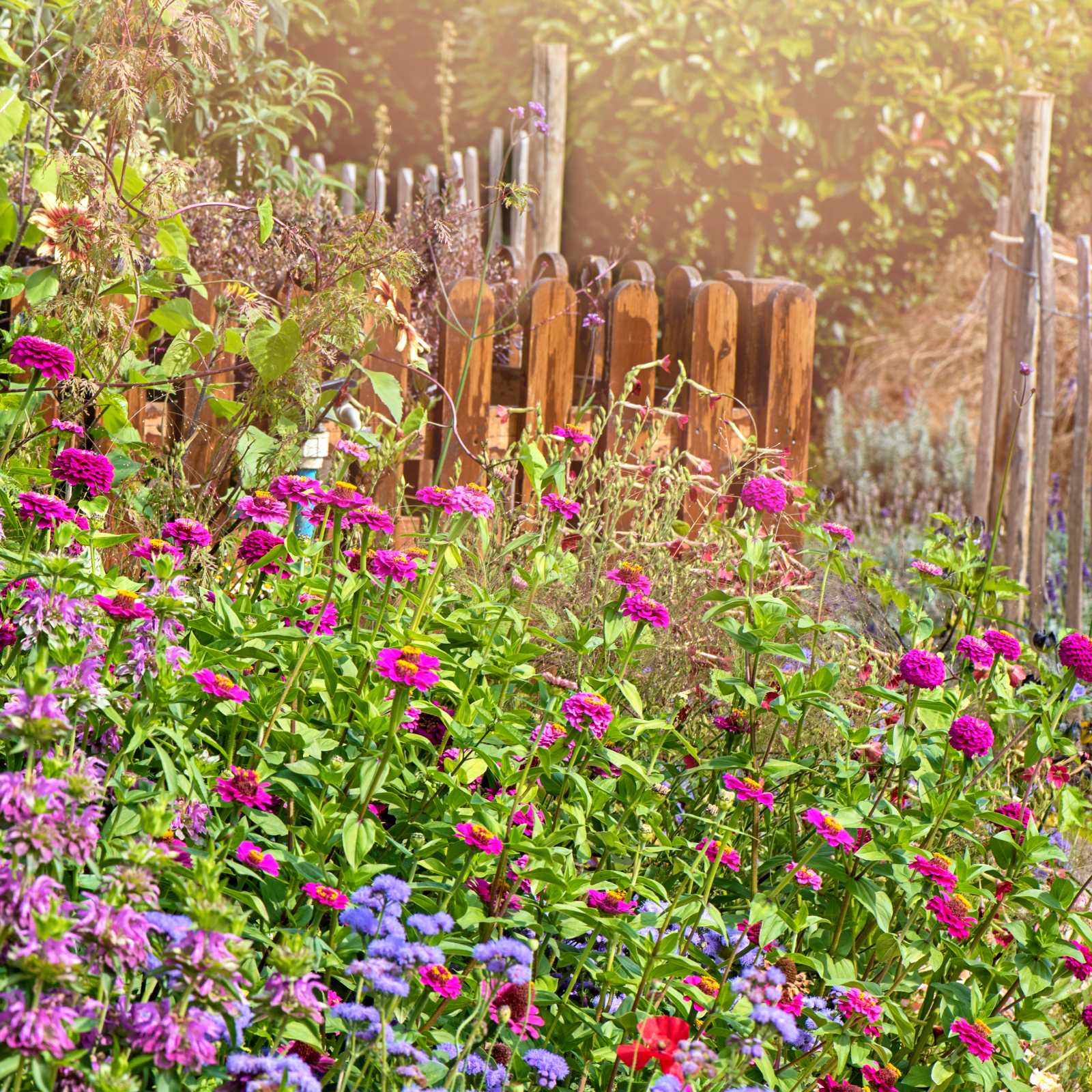 7 New & Improved Cultivars Of Old-Fashioned Plants – These Aren’t Your Grandma’s Plants!
7 New & Improved Cultivars Of Old-Fashioned Plants – These Aren’t Your Grandma’s Plants!Old is new again! These old-fashioned plants have new cultivars that are sure to thrive in your garden and bring the charm factor. Neighbors will be envious!
By Mary Ellen Ellis
-
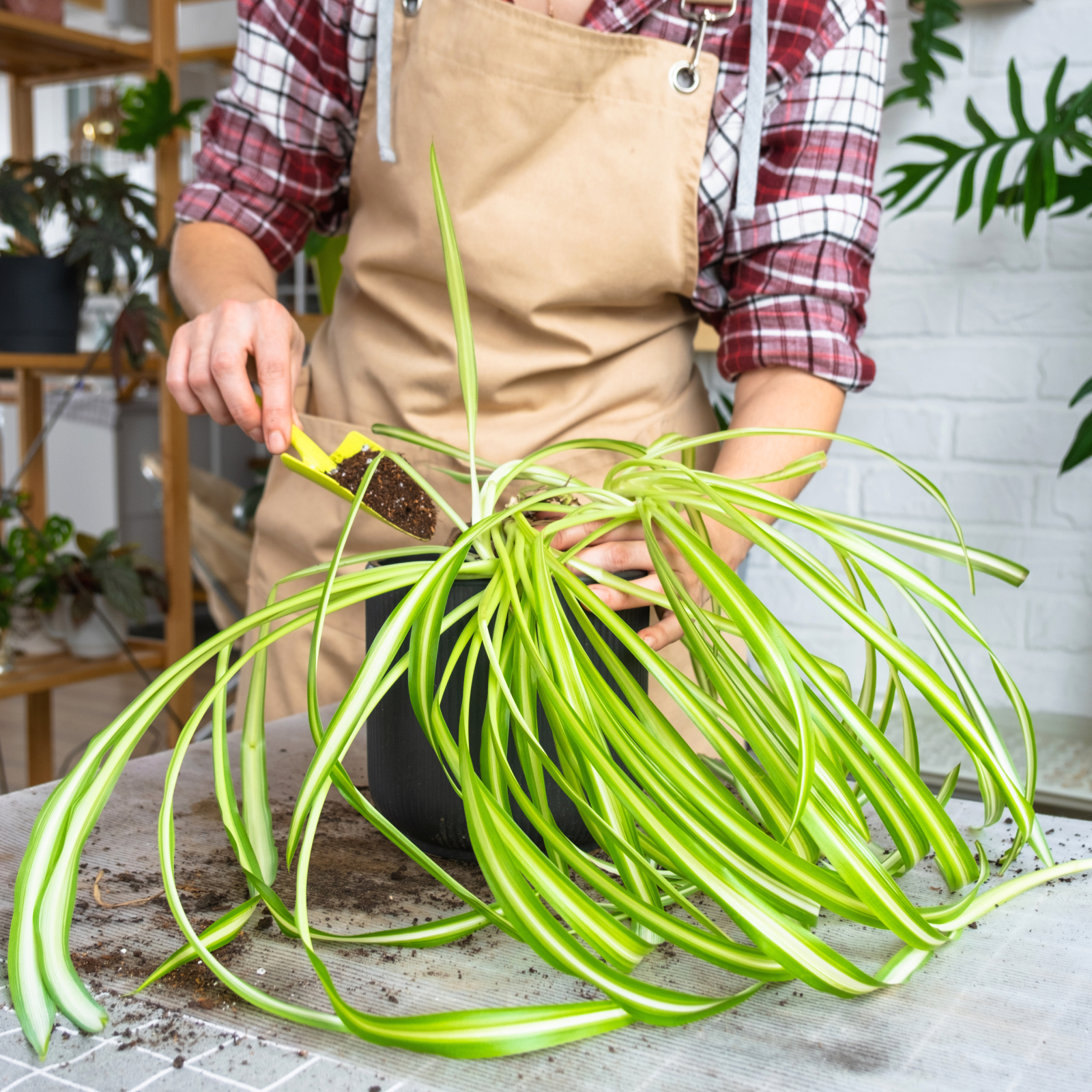 Best Spider Plant Soil – Complete Soil Guide And Expert Tips For Keeping Plants Happy
Best Spider Plant Soil – Complete Soil Guide And Expert Tips For Keeping Plants HappySpider plants are fun and easy plants to grow, but what is the best soil for a spider plant? Selecting the right soil is important so they can thrive.
By Bonnie L. Grant
-
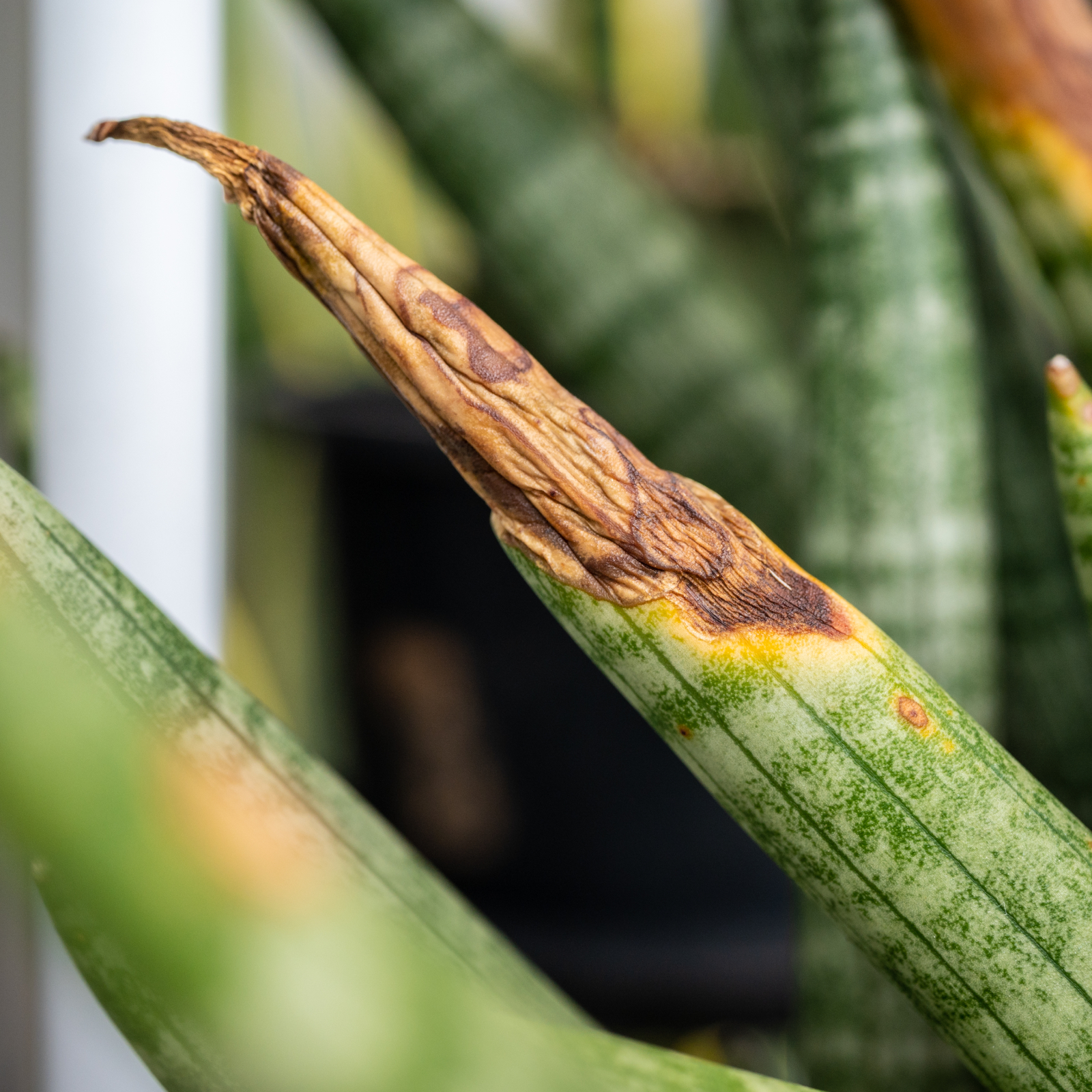 Help, My Snake Plant Is Mushy! Advice For Root Rot In Snake Plants
Help, My Snake Plant Is Mushy! Advice For Root Rot In Snake PlantsSnake plants are hardy houseplants, but they can be susceptible to root rot. Learn how to prevent and treat this common snake plant problem.
By Amy Grant
-
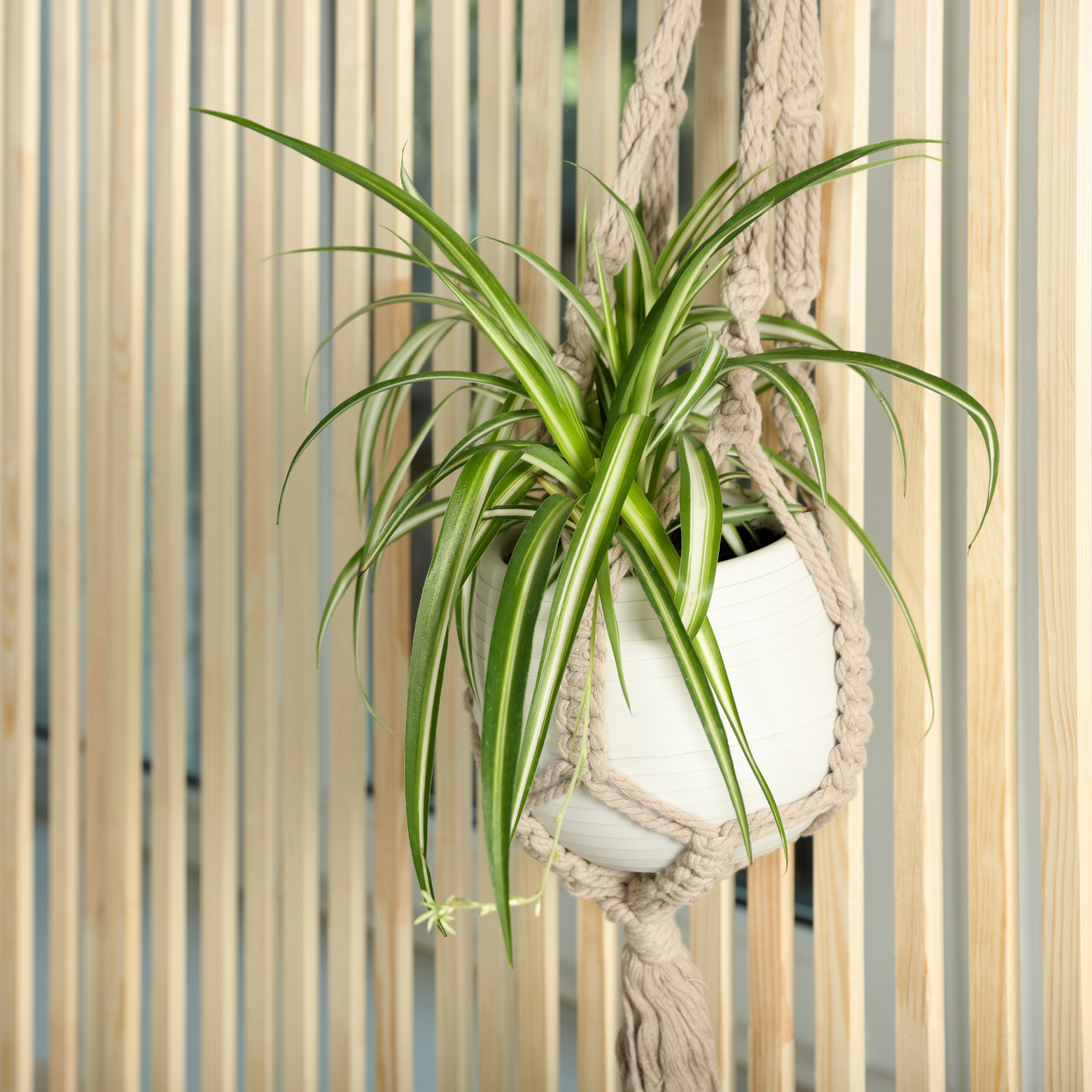 How To Grow A Hanging Spider Plant – For An Elegant Indoor Or Outdoor Display
How To Grow A Hanging Spider Plant – For An Elegant Indoor Or Outdoor DisplayOf all the beautiful baskets we see, the hanging spider plant is probably the easiest to grow. Let your hanging basket spill over with little spider plantlets!
By Teo Spengler
-
 How To Care For A Variegated Spider Plant – Plus, Unique Varieties To Try
How To Care For A Variegated Spider Plant – Plus, Unique Varieties To TryVariegated spider plants and their streaks of green and cream tones bring interest and light to an indoor room, and will elevate your houseplant collection.
By Teo Spengler
-
 How Often Should You Water A Spider Plant? Tips To Keep Spider Plants Happy And Healthy
How Often Should You Water A Spider Plant? Tips To Keep Spider Plants Happy And HealthySpider plants are hardy and easy to grow, but they do need proper watering to thrive. Read our tips on how often to water your spider plants.
By Amy Grant
-
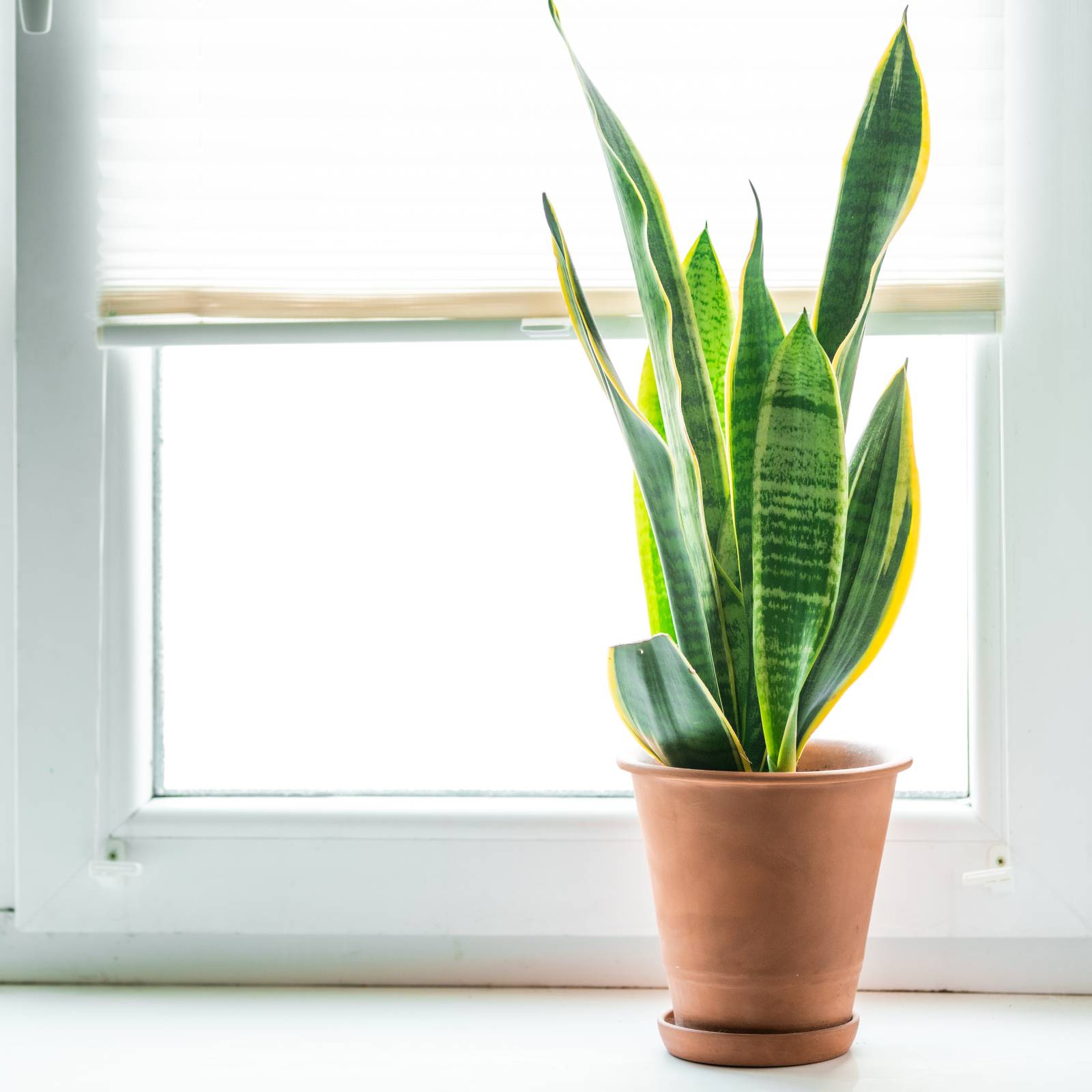 Snake Plant Getting Enough Light? Understanding Light Requirements And How To Adjust
Snake Plant Getting Enough Light? Understanding Light Requirements And How To AdjustSnake plant light requirements aren’t as stringent as for some houseplants, but the right lighting is important for their growth and well-being.
By Tonya Barnett
-
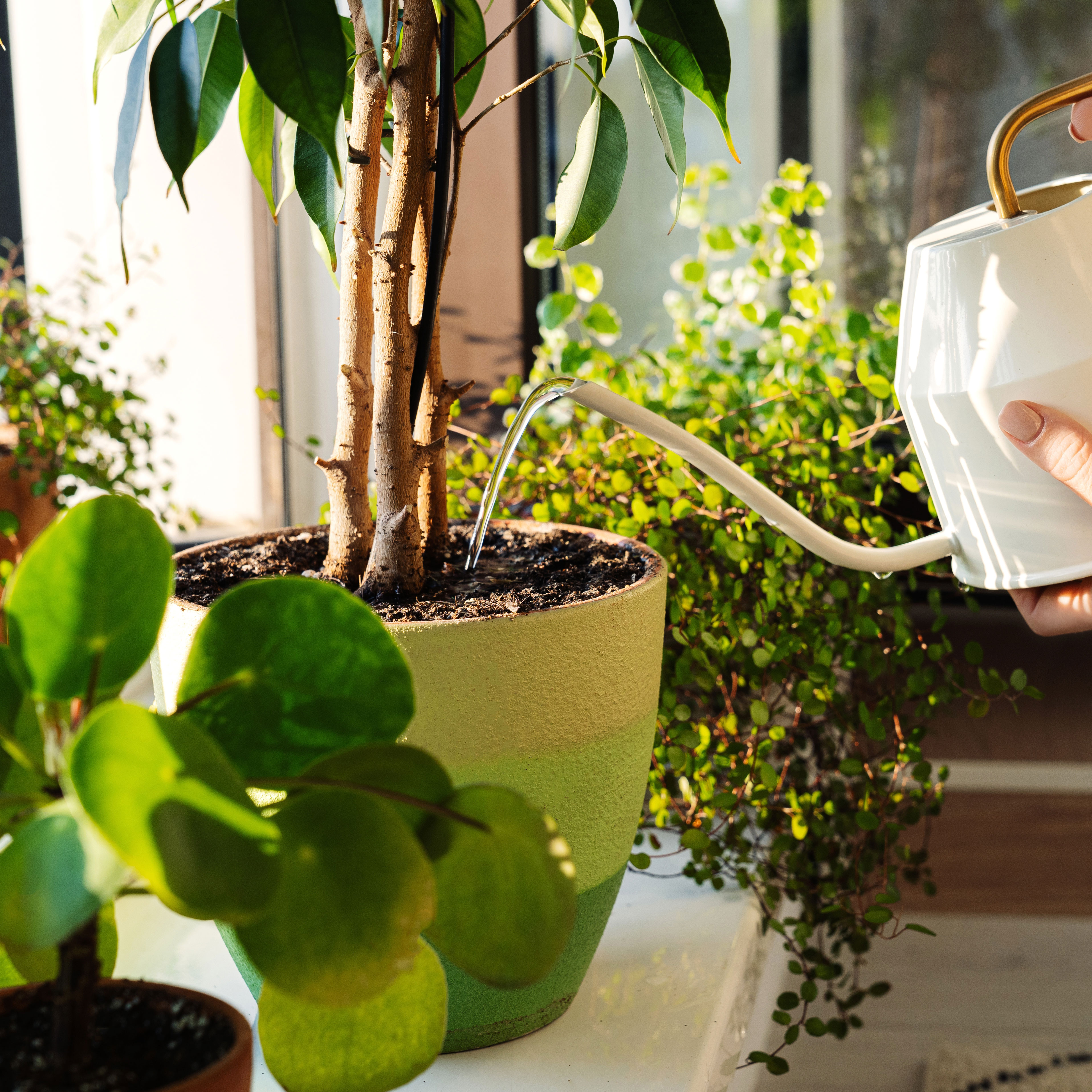 Feeding Houseplants: How And When To Fertilize Indoor Plants Like A Pro!
Feeding Houseplants: How And When To Fertilize Indoor Plants Like A Pro!Container-based houseplants have specific feeding needs over and above plants grown in the ground. Here’s how and when to fertilize indoor plants the right way
By Bonnie L. Grant
-
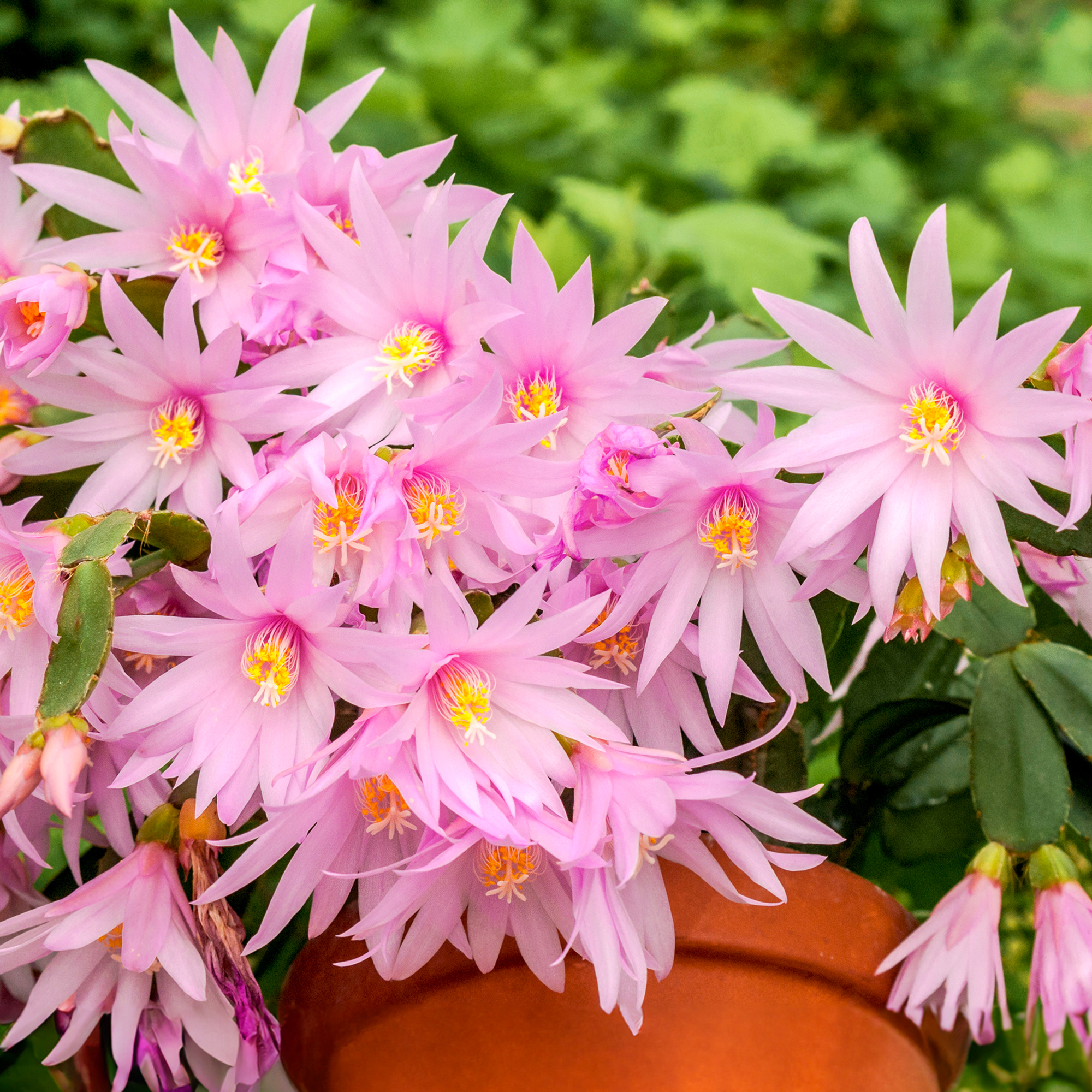 How To Get An Easter Cactus To Bloom Every Year: Expert Tips For Stunning Spring Flowers
How To Get An Easter Cactus To Bloom Every Year: Expert Tips For Stunning Spring FlowersDiscover the secrets to vibrant Easter cactus flowers and follow these key steps to ensure spectacular blooms just in time for spring.
By Melanie Griffiths